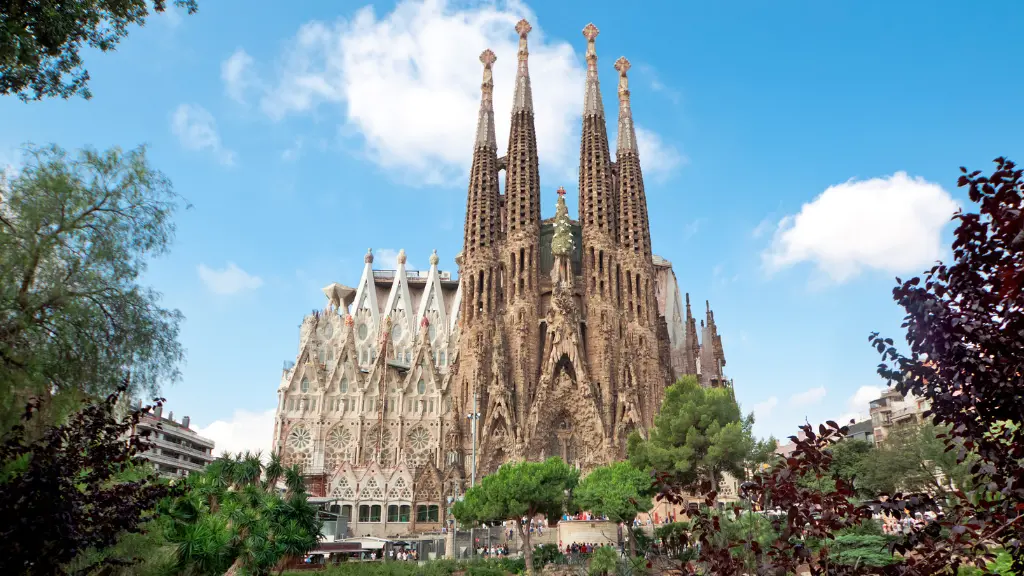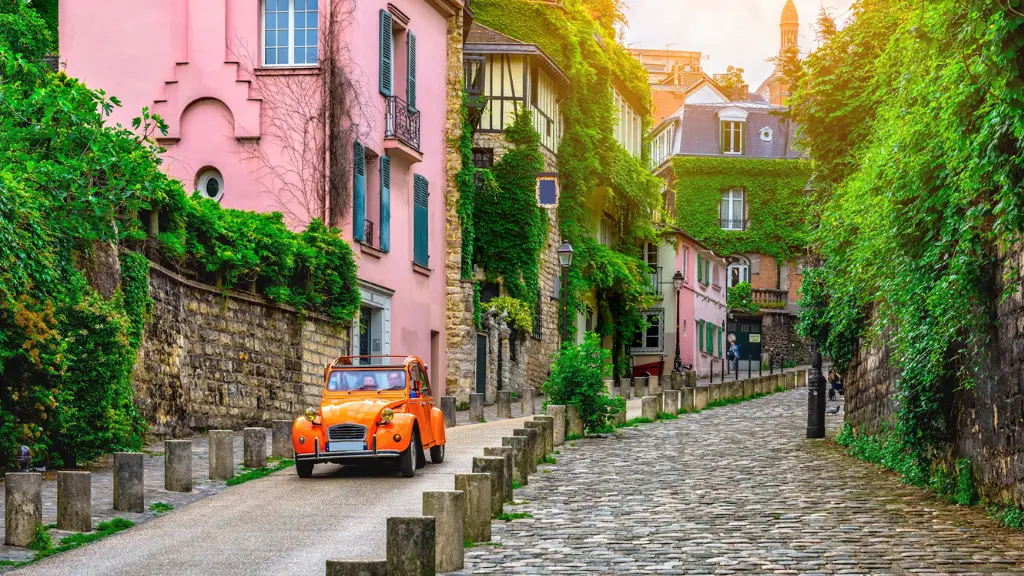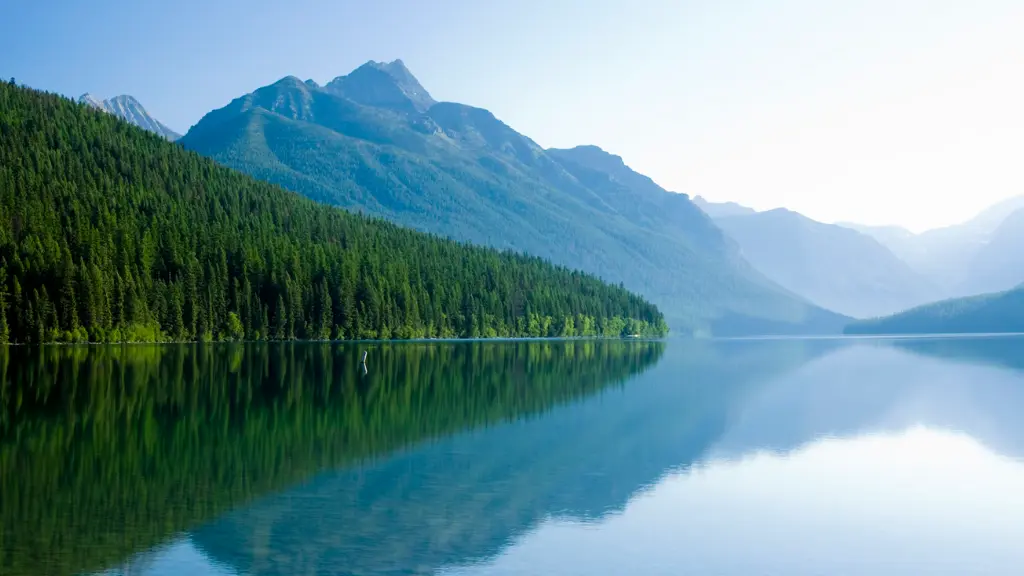If you’re seeking an adrenaline-pumping adventure in one of the world’s most active volcanic regions, a climb up Mount Karangetang in Siau Island, Sulawesi should be at the top of your travel list. Known for its fiery eruptions and smoking peaks, Mount Karangetang (also called Api Siau) is a volcanic marvel nestled within Indonesia’s Ring of Fire. This blog is your complete guide to conquering this challenging, yet rewarding, climb.
You May Also Like: Antiquarian: The Luxurious Fusion of Greek Heritage and Modern Elegance
The Fiery Heart of Siau Island
Mount Karangetang is not just a mountain—it’s an active volcano with a peak rising over 5,853 feet (1,784 meters) above sea level. With a history of continuous volcanic activity, Karangetang is considered one of the most dangerous volcanoes in Indonesia. Despite this, adventurers and experienced hikers are drawn to it for its natural beauty and the thrill of standing on the edge of an active volcano.
Located on Siau Island, part of the Sangihe Islands in North Sulawesi, Karangetang presents a stunning contrast to the tropical paradise surrounding it. Lush rainforests and clear coastal waters surround this volcano, offering a unique blend of serenity and danger for those daring enough to attempt the climb.
How to Get to Siau Island
Siau Island is a remote location, but its relative isolation only adds to its appeal. Most visitors fly into Manado, the capital of North Sulawesi, and then take a ferry or speedboat to Siau Island. The boat trip from Manado takes about four to five hours. Once on the island, you can arrange guides and transportation to the base of the volcano. Given the unpredictability of Mount Karangetang’s activity, it is essential to hire a knowledgeable local guide who can monitor volcanic alerts and ensure your safety.
Preparing for the Climb
Climbing Mount Karangetang is not for the faint of heart. The rugged terrain and steep inclines make it a demanding trek, especially for those without prior hiking experience. The summit is divided into two main craters, both of which can emit toxic gases and sudden eruptions. Therefore, it’s crucial to go prepared.
Here are the essentials for your climb:
- Sturdy hiking boots: The rocky, uneven paths require good ankle support.
- Protective clothing: Long sleeves and pants to protect against the elements, especially at higher altitudes where it gets colder.
- Gas mask: Due to the sulfur gases emitted by the volcano, a mask is recommended for your safety.
- Ample water and snacks: You’ll need to stay hydrated and energized throughout the journey.
- Guide: As mentioned, always hire a local guide familiar with the current volcanic conditions.
The Climb: What to Expect
The trek usually starts at the base of the mountain in the early hours of the morning to avoid climbing during the heat of the day. As you ascend, the lush tropical vegetation thins out, giving way to barren volcanic rocks and surreal, moon-like landscapes. The higher you go, the more surreal the view becomes, with smoke rising from the summit craters, giving the impression that the mountain itself is alive.
While the climb can take anywhere from six to eight hours depending on the route, the physical challenge is balanced by breathtaking views of the island and the ocean below. On clear days, you can see the islands of Sangihe and Tagulandang from the summit. If you’re lucky, you may even witness a small volcanic eruption from a safe distance, adding to the thrill of the experience.
The Dangers of Climbing an Active Volcano
Climbing Karangetang comes with inherent risks. The volcano is classified as an active stratovolcano, meaning it is prone to frequent eruptions. Since 1675, it has erupted more than 40 times, with its most recent eruptions occurring in 2019. Sudden gas emissions, ash clouds, and pyroclastic flows can occur without much warning, which is why monitoring volcanic activity before and during your hike is crucial.
However, with the right preparation, equipment, and an experienced guide, the risks can be mitigated. It’s also advisable to check with local authorities or geological services for the latest updates on Karangetang’s activity before attempting the climb.
Post-Climb Recovery: Exploring Siau Island
After a long day of trekking up and down the volcano, Siau Island offers plenty of options for unwinding and recovering. The island is known for its beautiful beaches, coral reefs, and friendly locals. You can indulge in some snorkeling or diving in the clear waters, or simply relax on the sandy shores. Siau is also famous for its spicy local cuisine, particularly dishes made with fresh seafood caught just off the island’s coast.
For those with more time to explore, the nearby Mahoro Island is an excellent day trip destination, where pristine beaches and calm waters create a perfect atmosphere for relaxation after your volcanic adventure.
Conclusion
Climbing Mount Karangetang is an unforgettable adventure for those seeking both the thrill of nature and a connection with one of Indonesia’s most volatile landscapes. With its challenging trails, breathtaking views, and the constant rumble of the volcano beneath your feet, this trek offers a unique experience that few other hikes can provide.
While the risks are high, the reward of standing at the top of one of Indonesia’s most active volcanoes is a once-in-a-lifetime opportunity for adventurous souls. If you’re planning a trip to Sulawesi, consider putting Mount Karangetang on your bucket list for an unparalleled volcanic experience.










